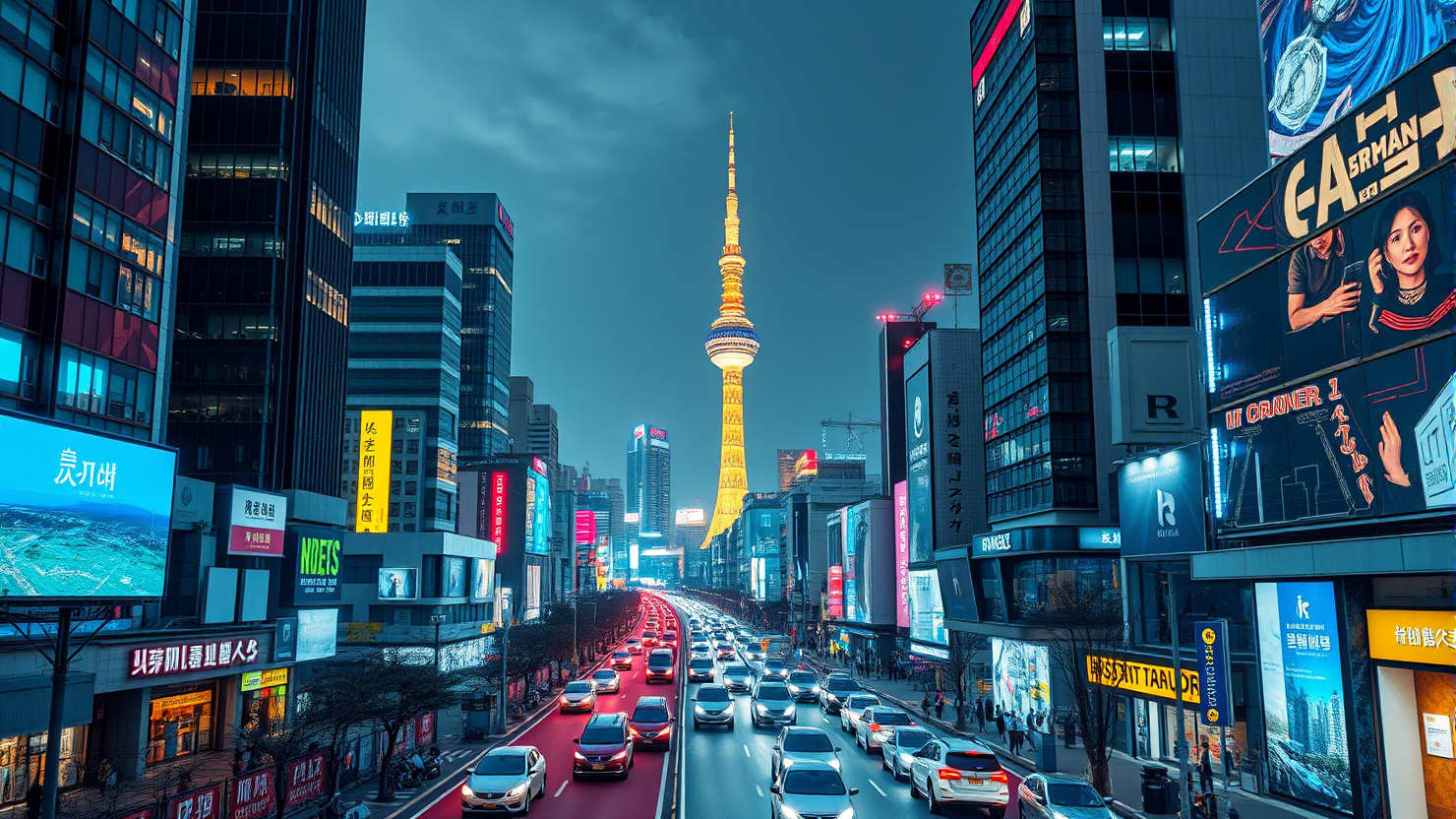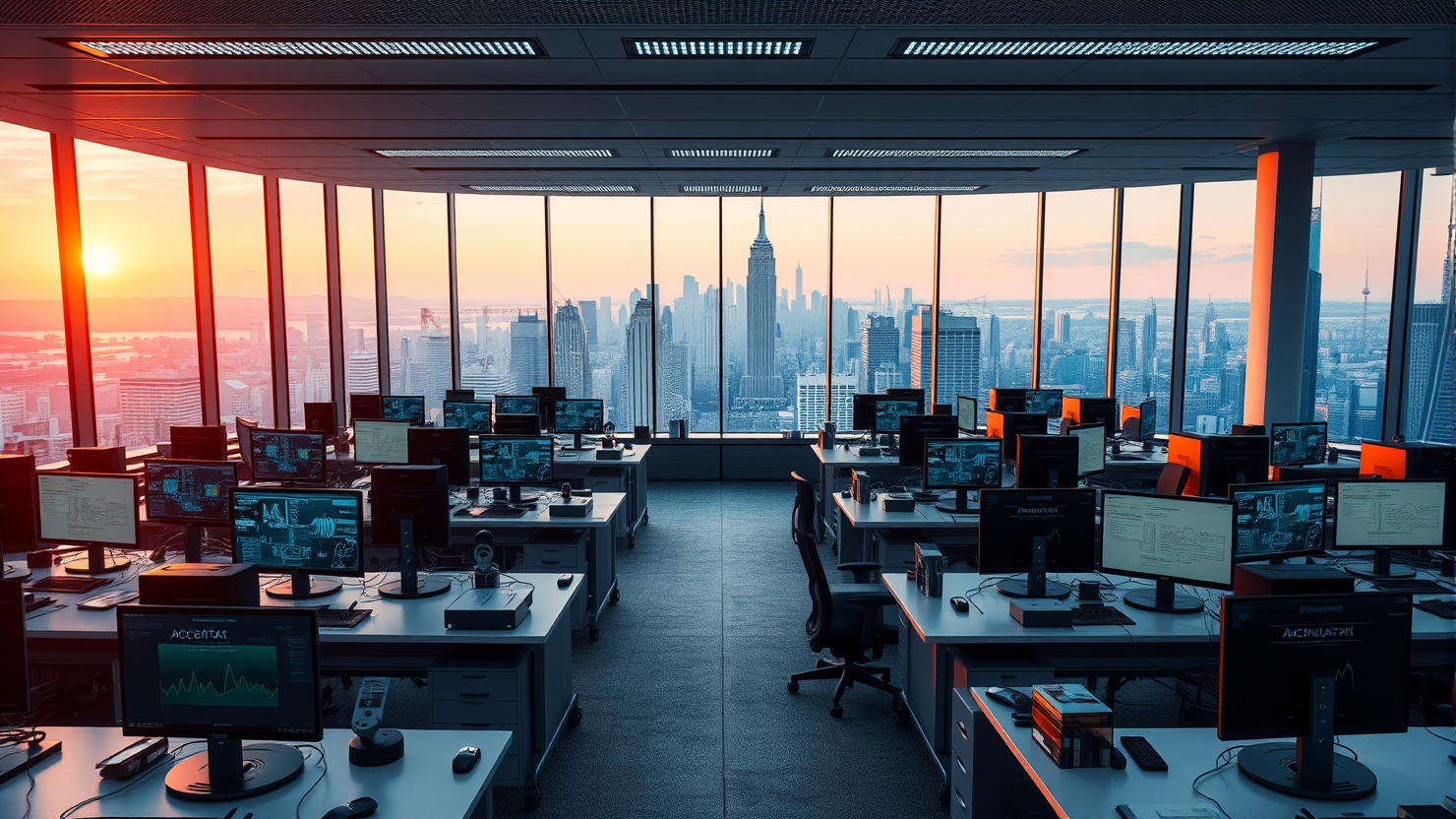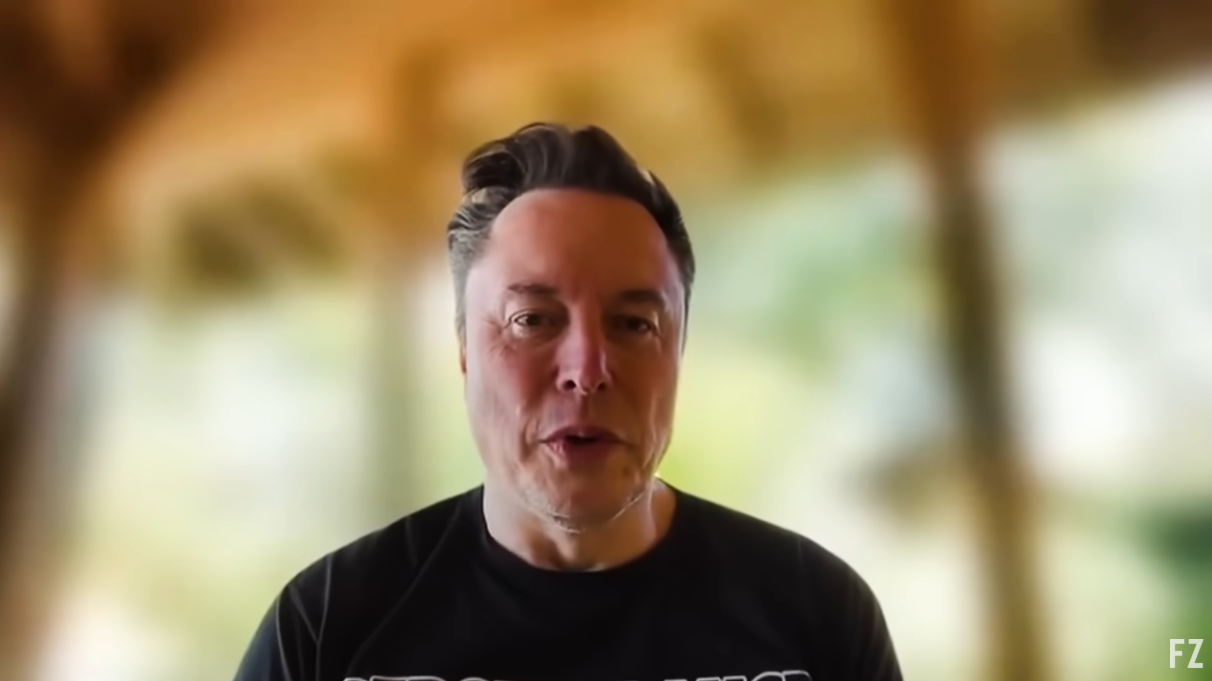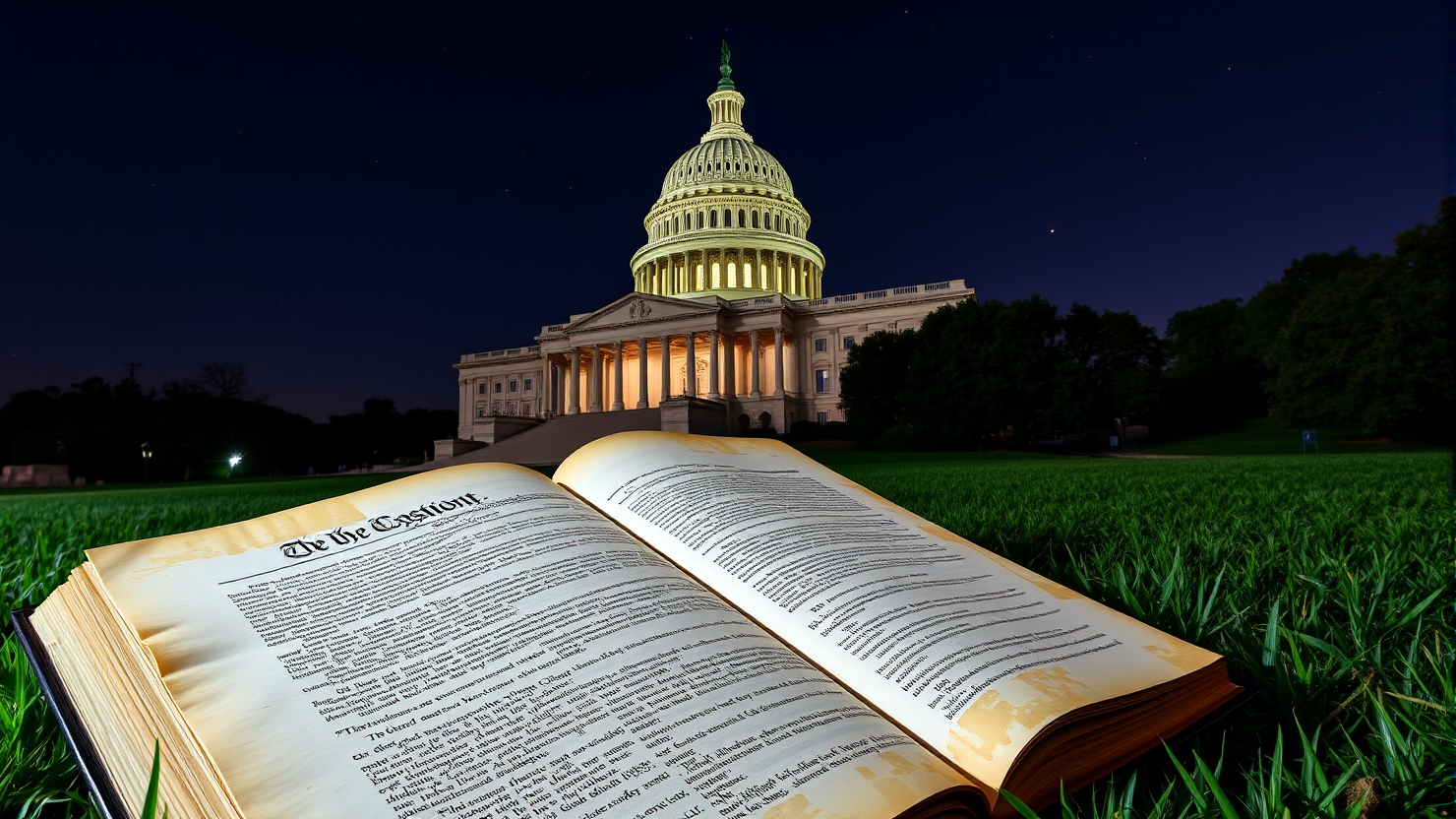Exploring the Otherworldly: Infrared Photography with a Full-Spectrum Canon R5
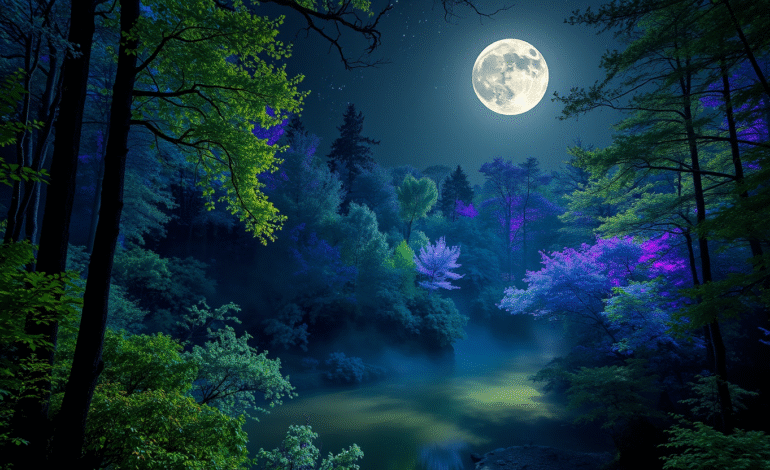
In the realm of photography, a 14-year journey has seen me explore various gear – from budget film cameras to high-end medium format bodies that cost more than my car. However, I’ve never delved into the world of dedicated full-spectrum cameras intended for infrared (IR) imaging until recently. For this exploration, I spent a month using a Canon EOS R5 with a sensor conversion by Kolari Vision. The experience was both engaging and educative, culminating in images I am proud to share, including one of the finest bird photographs I’ve ever captured.
This article serves as an introduction for beginners like myself venturing into IR photography. While the journey might seem daunting due to the additional technical aspects involved, it offers a unique opportunity to create striking images that stand out in the crowd.
With the full-spectrum EOS R5, I discovered that natural landscapes are ideal for IR capture as they lighten foliage and darken blue skies, while man-made structures maintain their original colors. I captured landscape and graveyard photographs, but also ventured into uncharted territories, photographing my cat and wildlife. The result was one of the best red-shouldered hawk images I’ve ever taken, which I find equally appealing in color and black-and-white versions.
I experimented with a 720nm filter that cuts out more visible light when capturing deer in my neighborhood. This renders foliage nearly white, providing a striking contrast against the animals. However, I found flowers less appealing in IR as the patterns and colors disappearing left them visually uninteresting for the species I photographed.
I appreciated both filter strengths for some architectural scenes, which showcased shifted colors in natural objects alongside realistic color in artificial ones. The joy of photography lies in capturing the world through one’s perspective, and this remains true when working with IR.
Photographers who typically shoot JPGs can achieve good-looking IR photos without editing. For these photographers, setting white balance manually (using a white card for 550 to 590nm or foliage for 665nm and above) is essential, but aside from that, capturing images in IR is similar to using a regular camera.
For those who prefer creative editing of color, using the camera’s Raw capture option is recommended. Raw images save more color and exposure data than JPGs, providing photographers familiar with editing Raw photos with ample leeway for adjusting exposure, controlling highlight and shadow brightness, and creatively editing photos.
Editing IR Raw images can be tricky, with the experience varying depending on the software used. I use Adobe Lightroom Classic to catalog and tone images, but due to its camera profiles being tuned for visible light, infrared images show a strong red cast upon import and cannot be edited for proper color balance by default. To address this, I loaded a custom camera profile made for the EOS R5. Once applied, the white balance shifts back to display proper infrared colors.
For creative editing of IR images, the most popular technique is the red-blue channel swap, which turns skies dark blue and provides a light orange tone for foliage with a 590nm filter. This technique can be easily executed in Photoshop, but it’s not built into Lightroom. If you don’t mind spending a little more, Rob Shea’s Lightroom Infrared Color Swap Profile pack is worth the $49 asking price and offers numerous creative color tones for IR images.
I found the experience of exploring IR photography to be creatively rewarding. The otherworldly IR images I was able to create, as well as the challenges they presented during capture and editing, rekindled my passion for photography after years of standardized, rote practice. If you’re interested in trying IR photography, I encourage you to give it a go. It offers a refreshing change, with its higher technical bar providing an exciting challenge that could reignite your photographic spark.
There are numerous free online resources available to help beginners advance their skills in IR photography. For further reading, I recommend educational content from Kolari, Pierre Louis-Ferrer, and Rob Shea. If you’re seeking camera recommendations for conversion, my list of the best mirrorless cameras available today should prove helpful.

